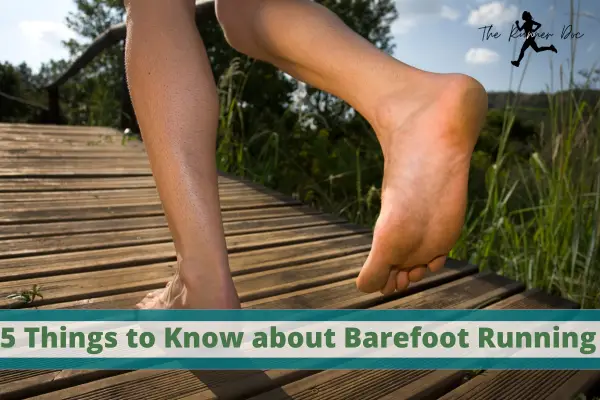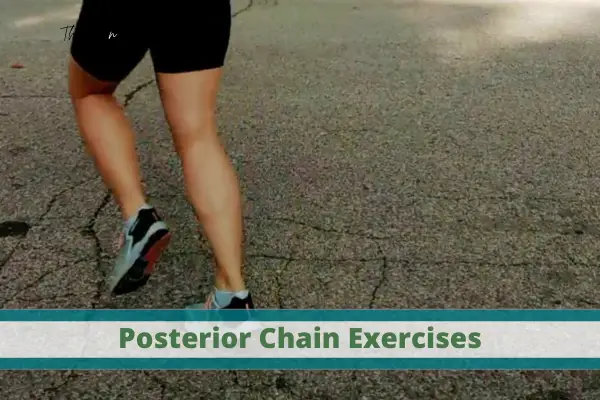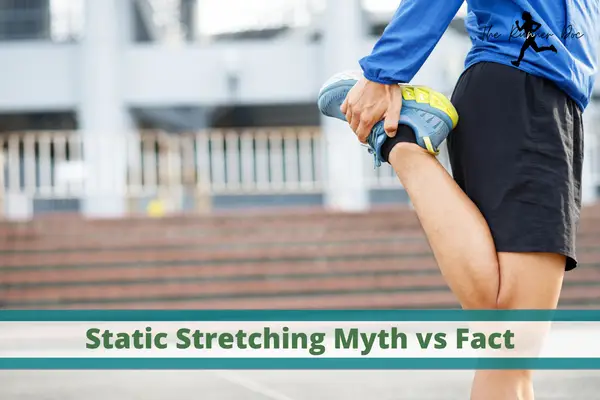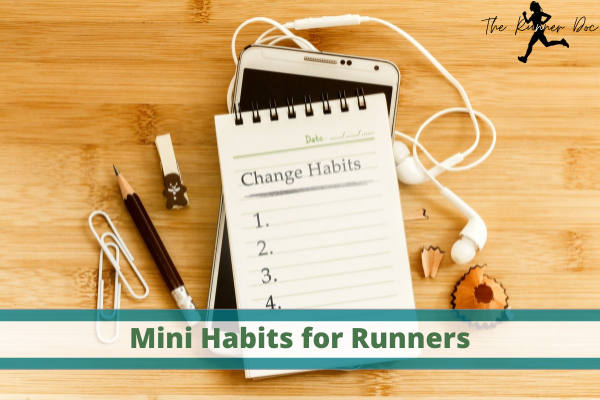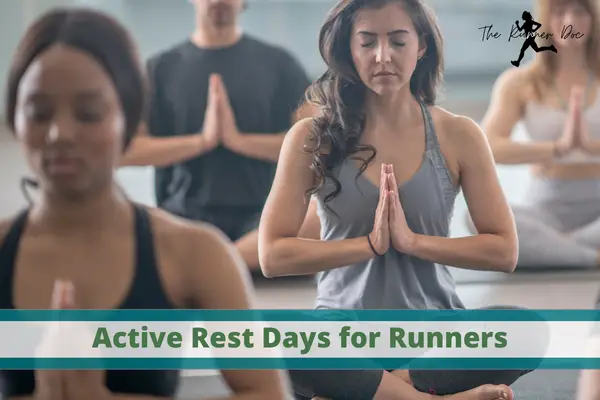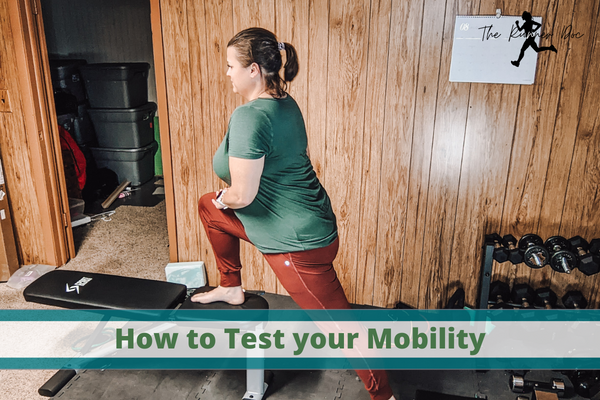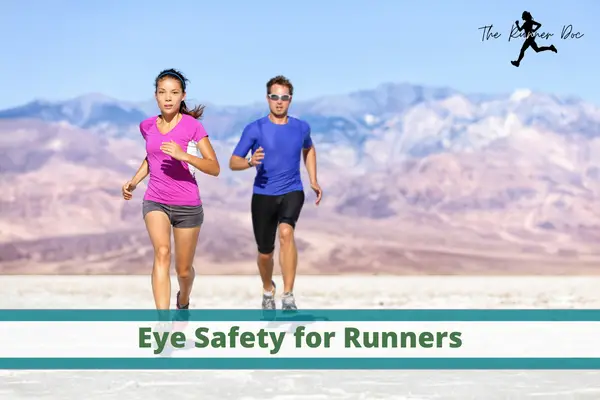5 Things to Know if Barefoot Running is Right for You
5 Benefits of Barefoot Running for You
Are you tired of pounding the pavement in your clunky running shoes, feeling disconnected from the ground beneath you? It’s time to consider taking a step into the wild world of barefoot running! While it may seem unconventional and even a little bit intimidating, stepping out sans shoes, or in minimalist/barefoot style shoes, could be just what your fitness routine needs.
In this blog post, we’ll dive foot-first into the fascinating realm of barefoot running and explore whether it’s truly a stride toward better health. So get ready to embrace the freedom, connect with nature, and unlock a whole new level of athleticism as we introduce you to the captivating world of running barefoot!
(THIS POST PROBABLY CONTAINS AFFILIATE LINKS. OUR FULL DISCLOSURE POLICY IS REALLY BORING, BUT YOU CAN FIND IT HERE.)
The Science Behind Barefoot Running
The debate over barefoot running is fueled by varying scientific findings and the contrasting experiences of runners. Proponents of barefoot running often argue that it’s the most natural way to run, citing the fact that our ancestors ran long distances to hunt and gather without the modern luxury of cushioned shoes.
The science behind this suggests that barefoot running can lead to a more natural gait, typically with a forefoot or midfoot strike rather than the heel strike commonly seen in shod runners. This shift in gait might reduce the impact on the knees and hips, potentially leading to fewer overuse injuries in these areas. Additionally, the increased sensation underfoot when barefoot can improve foot biomechanics, leading to better posture and balance.
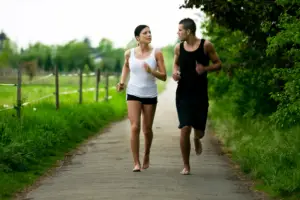
However, the transition to barefoot running is not without its challenges and potential risks. Without the protective padding of shoes, runners are at a higher risk of acute injuries from environmental hazards like rocks and glass, as well as thermal injuries from extreme temperatures. The reduced cushioning can also lead to increased stress on the metatarsals, possibly resulting in fractures or other stress injuries if the transition is too rapid or if the runner’s biomechanics are not adequately adapted.
Furthermore, each runner’s biomechanics are unique, and what may lead to efficiency and injury prevention in one individual could potentially cause harm in another. Thus, while some studies have found benefits to barefoot running, others have found no significant difference or even increased risk of certain injuries. This has led to a consensus in the scientific community that there is no one-size-fits-all answer, and the safety and efficacy of barefoot running are highly individualized.
Potential Risks and Considerations
Transitioning to barefoot running brings several risks and considerations that should not be overlooked. One immediate concern is the increased exposure to road hazards such as sharp objects, rough terrain, and even hot or cold surfaces that can cause acute injuries to unprotected feet. The transition period also presents its own set of challenges; it requires a gradual adaptation phase to build strength in the feet and lower legs, as muscles and tendons that are typically underused in shod running are suddenly called into action.
During this period, runners may experience aches and pains as their bodies adjust, and if not managed correctly, this can lead to overuse injuries such as plantar fasciitis or Achilles tendonitis. Furthermore, the anatomy and biomechanics of an individual’s foot play a significant role in their ability to safely engage in barefoot running. Factors such as arch height, toe alignment, and overall foot structure can greatly influence the risk of injury and effectiveness of barefoot running, emphasizing the need for a personalized approach based on each runner’s unique foot anatomy.
Who Should Consider Barefoot Running?
Not everyone will find barefoot running to be a suitable exercise, and it’s crucial to understand who might benefit the most from this form of running. Ideal candidates for barefoot running are typically those who have strong, healthy feet and are not currently struggling with any unresolved foot injuries or conditions that can be exacerbated by high-impact exercise without the support and cushioning of traditional running shoes.
Related Article: Barefoot Running for Beginners
For instance, individuals with a history of plantar fasciitis or Achilles tendonitis may need to approach barefoot running with caution. The lack of cushioning can increase strain on these already sensitive areas.
Related Article: Achilles Tendinopathy
Related Article: Plantar Fasciitis
Conversely, those dealing with issues such as flat feet might find that barefoot running helps in strengthening arch muscles, though this should be approached gradually and ideally under the guidance of a physical therapist. Runners interested in transitioning to barefoot running should ideally have consistent running practice, as this ensures a base level of conditioning that can make the transition smoother.
It’s also worth considering your running environment. Barefoot running on soft, natural surfaces like grass or sand can be a therapeutic experience, but urban runners who only have access to hard pavement may encounter more risks than benefits. In such cases, minimalist running shoes might be the safer option to simulate the barefoot experience without exposing the feet to potential hazards like glass, metal, or uneven surfaces that can cause injury.
For anyone curious about barefoot running, it’s wise to first seek advice from a healthcare provider or a physical therapist. They can assess your foot health, strength, and flexibility to determine if you might be a good candidate for barefoot running. They can also help you establish a transition plan, monitor your progress, and adjust your running form as needed to reduce the risk of injury. Whether you’re a seasoned marathoner or a casual jogger, personalized professional guidance is key in deciding if barefoot running is a safe and suitable practice for you.
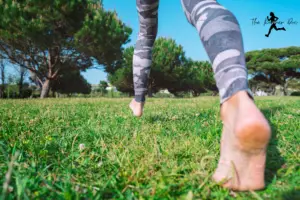
Making the Transition Safely
Embarking on the journey from shod to barefoot running is not something to be taken lightly; it requires a careful and measured approach to avoid injury. The key is a gradual transition that allows your body to adapt to a new running style.
Start by incorporating short bouts of barefoot running into your regular training regimen, perhaps at the end of a run or as a separate session on a forgiving surface like grass or a rubber track. This slow buildup helps in conditioning the soles of your feet and strengthens the muscles, tendons, and ligaments that have been supported by shoes during all previous activities.
In terms of surface selection, beginners are well-advised to avoid hard, abrasive surfaces like asphalt in the early stages. Natural surfaces like grass, soft dirt trails, or sandy beaches can provide a gentler introduction. These softer grounds not only cushion the impact but also naturally strengthen the foot muscles as they adjust to the uneven terrain.
Alongside running, specific foot strengthening exercises, such as toe curls, heel raises, and foot doming, can further prepare your feet for the increased demand. Most importantly, listening to your body is paramount; discomfort is a normal part of adapting to a new running technique, but pain is a clear signal to stop and reassess.
This might mean reducing volume, adjusting form, taking more rest, or seeking advice from a professional. By paying close attention to your body’s signals, you can safely enjoy the transition to barefoot running while minimizing the risk of injury.
Pro Tips from Physical Therapists
When it comes to adopting barefoot running, I, as well as most physical therapists, often emphasize the importance of a slow and mindful transition. I recommend starting with short distances and gradually increasing mileage to allow the muscles in the feet and lower legs time to adapt to the new demands.
Running barefoot alters the dynamics of your foot strike, potentially engaging muscles that are not typically utilized while wearing traditional running shoes. This can lead to muscle fatigue and soreness, so incorporating strength training and flexibility exercises specific to the feet and ankles can also be beneficial. Additionally, I suggest performing barefoot drills on a soft surface, such as grass or a sandy beach, to minimize impact during the initial phase.
Monitoring your body’s response to barefoot running is crucial. I advise paying close attention to any signs of discomfort or pain, as these can be early indicators of potential injury. Key areas to watch include the soles of the feet, the Achilles tendon, and the calf muscles.
A certain degree of soreness is to be expected with any new exercise regime, but sharp or persistent pain is a red flag. Implementing a running diary can be useful for tracking progress and noting any adverse reactions over time. If discomfort arises, reducing frequency or duration can help mitigate injury risk.
However, if problems persist or pain worsens, it’s time to consult a physical therapist. They can assess your specific situation, help identify the underlying causes of your discomfort, and work with you to adjust your running form or routine as needed to ensure safe and healthy running practices.
Barefoot Running Gear and Alternatives
For those intrigued by the concept of barefoot running but hesitant about the potential risks, minimalist running shoes present a compelling alternative. These shoes are designed to mimic the natural biomechanics of running barefoot while providing a layer of protection against the elements.
Minimalist shoes typically feature a thin sole and zero to minimal heel-to-toe drop, which promotes a natural running form and allows for greater sensory feedback from the ground—akin to what one would experience while running barefoot. This design can help in strengthening the muscles in the feet and lower legs, much like true barefoot running, but with less risk of cuts, abrasions, or puncture wounds from road debris.
Protective gear specifically designed for barefoot runners can also enhance safety. Products like flexible sole coverings, which are essentially a toughened skin for the bottom of the feet, can shield against sharp objects without compromising the foot’s ability to feel the terrain.
Conclusion to Running Barefoot Safely
In conclusion, barefoot running offers a complex blend of pros and cons that requires careful consideration. The potential benefits, such as stronger foot musculature, improved balance, and a more natural running gait, can be alluring. Some runners also report a greater sense of connection to their running environment and an enhanced running experience. However, the drawbacks, including a heightened risk of puncture wounds, abrasions, and stress injuries, along with a significant adaptation period, cannot be overlooked. The divergent scientific evidence on the subject points to the fact that barefoot running isn’t a magical solution suited for everyone and that its efficacy is dependent on a multitude of individual factors.
AFFILIATE DISCLOSURE
As an Amazon Associate, I earn from qualifying purchases. This post may contain affiliate links. If you use these links to buy something we may earn a commission. The Site may contain links to affiliate websites, and we receive an affiliate commission for any purchases made by you on the affiliate website using such links.
All information should be used as a tool for more knowledge on the subject topic, to use as references for later articles where applicable, or just to keep it in mind during future exercise routines or activities.
This article is not meant to give medical advice or to replace professional health care. Should any ailment occur please contact your doctor or physical therapist immediately to keep yourself safe and prevent further damage.
The author is not liable for any personal or commercial damage directly or indirectly related to the content hereof. You are responsible for adhering to local laws and regulations regarding health & safety, including proper use of equipment or safety gear, and compliance with governing healthcare associations, and state, and federal regulations.
5 Benefits of Running Barefoot
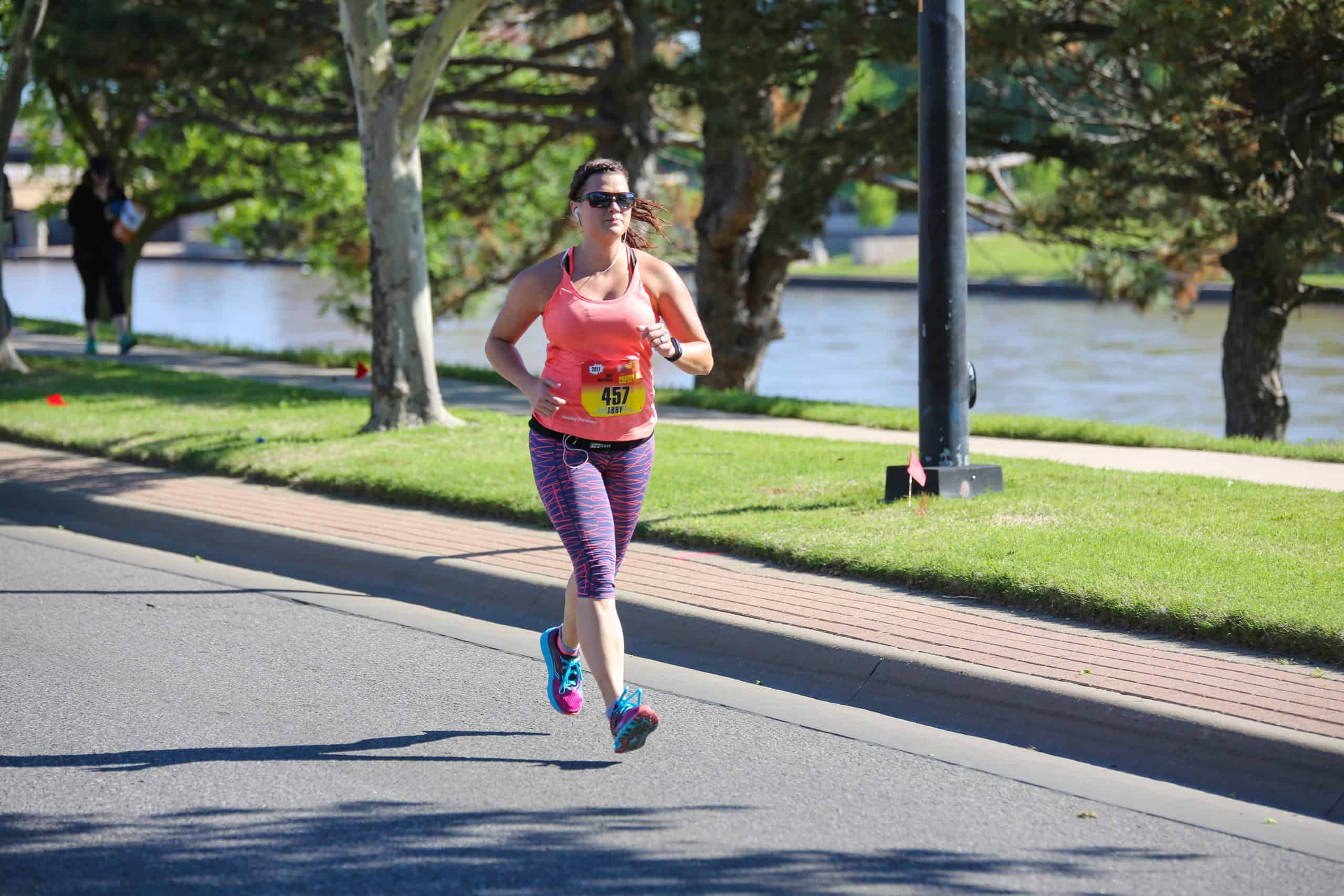
Dr. Abby Siler, PT, DPT is a Physical Therapist with 10 years of experience in a variety of settings. She has spent the majority of her time treating athletes in orthopedic clinics and worker’s compensation cases. She is a runner herself for the past 15 years and a lifelong athlete. Dr. Abby loves to teach runners how to stay injury free and out of her clinic.
